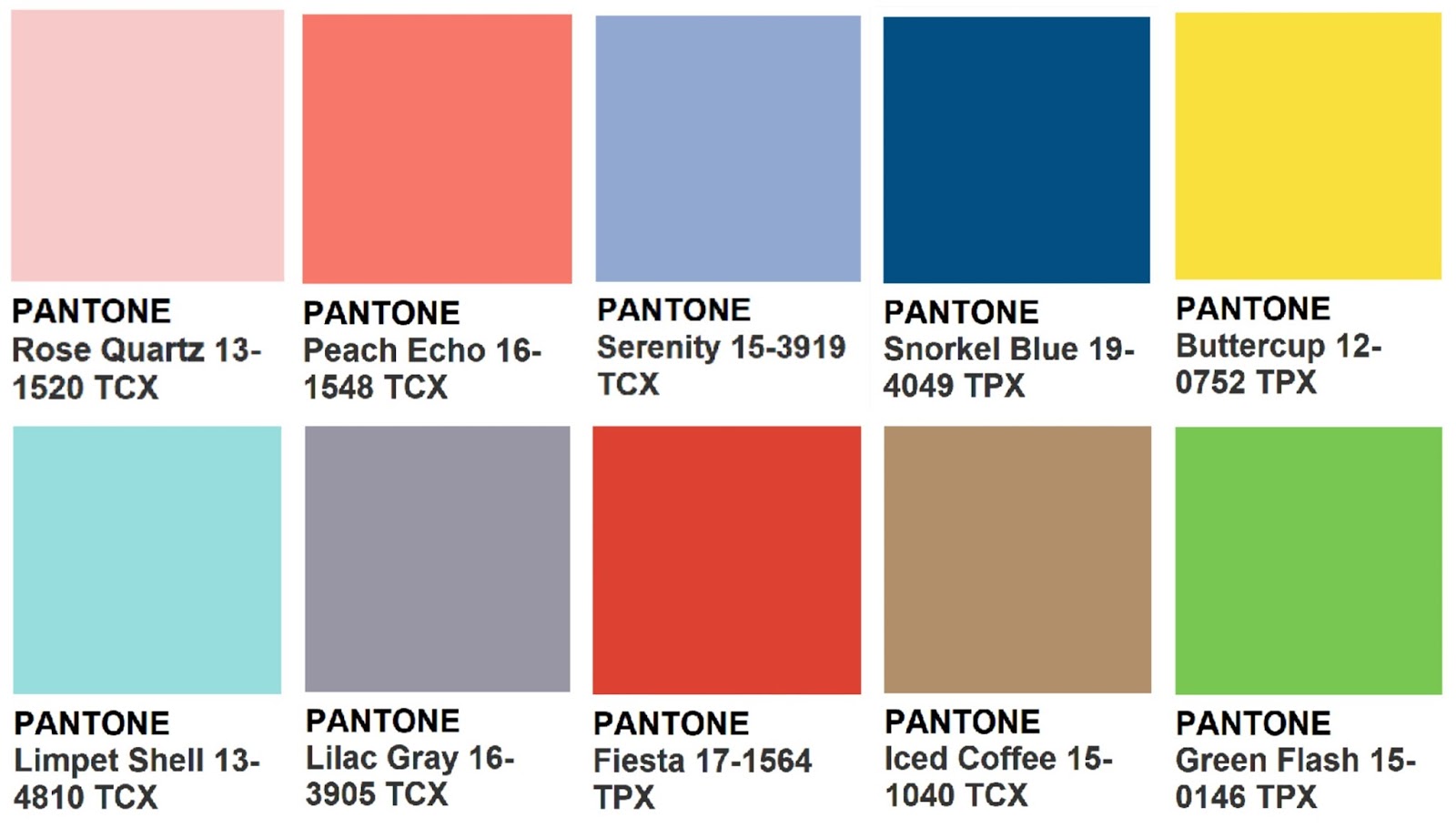What is the Difference Between DPI, PPI, Resolution and Image Size?
Posted on September 21, 2016 by Luanna
You should know all this simply because understanding about DPI, PPI, resolution and image size is key to your design success. This tips will allow you to print in the right quality, optimize images for the web, save a lot of time and give you the best results. So let’s see what is the difference between DPI, PPI, resolution and image size?

Pixel is the unit of measurement for digital images. We can compare them to our body cells, which together build an image (body) interpreted by the computer/screen.
Pixels define the resolution
A high resolution image is an image with high density of pixels, that is, with several families of pixels in its composition. The greater the number of pixels, the higher the resolution, providing more details and better definition to the image. Logically, an image with low resolution will have less pixels, less details and definition.
Continue Reading
10 Great Logo Evolution of the World’s Well Known Brands
Posted on September 14, 2016 by Luanna
I bet you will learn a lot from their mistakes, and a long logo evolution of improvements until they’ve reached the final design. Or at least it will be very entertaining and interesting for you.
Don’t you get curious about how other great companies have achieved their recognition? This post is for you to see how great worldwide brands changed their logos by the time. Uncountless logos are made every year for corporations, products, brands, services, agencies and others. However, people only recognize a few of them without their names and this should be our goal too.
Of course each case has a history behind and your are going to tell yours. So take a look at the logo evolution from 10 companies below and try to identify why it changed and tell us what you think on the comments.

 Continue Reading
Continue Reading
Why does Pantone Exists?
Posted on September 07, 2016 by Luanna
As their own website explains, Pantone is a color Matching System (PMS for short) that uses a unique code scheme. This “key” will help you find easily a particular Pantone Color number or name without misunderstandings.
The history started in the 60s, when Pantone was a printing company in Carlstadt, New Jersey, with a specialty in color charts for the cosmetic, fashion, and medical industries. Lawrence Herbert joined the company in 1956 and noticed how difficult it was to identify exact colors from names. So, in 1962 he bought Pantone and launched the first PMS guide in 1963 with only 10 colors to try to minimize the errors and number of variables happening in the printing process. Creating an objective, numeric language means that any printer anywhere in the world can accurately produce this color. Continue Reading
What to Consider when Designing a Logo
Posted on August 31, 2016 by Luanna
Do you know what to consider when designing a logo? When you do, you guarantee a well-designed logo, potential clients, and a clear message of how your business can serve people. You should focus on your message, objective, product, spark to create your logo design, but you should also look at the logos of other businesses in your industry to avoid copy and to know what is working or not.
There are basically three kinds of logos you can do:
- Font-based logos (just your company name or initials);
- Illustrated logos (that literally illustrate what your company does);
- Abstract graphic symbols.
Doesn’t matter which one do you relate better or if you match them up, they are all acceptable and very much used all around. But definitely don’t use clip art because they bring a lazy, old, outdated impression. Neither trendy looks. They may seem cool and maybe they match a teenager brand or other special ocasions, but you have to use it carefully. So read carefully this 4 suggestions I have for you:
1) KEEP IT SIMPLE
A simple logo design allows easy recognition and let the logo to be versatile and memorable. And don’t forget: simple does not mean easy! Actually it’s hard to get concise, simple and memorable, the secret key is to have the branding briefing very well defined.
 Continue Reading
Continue Reading









